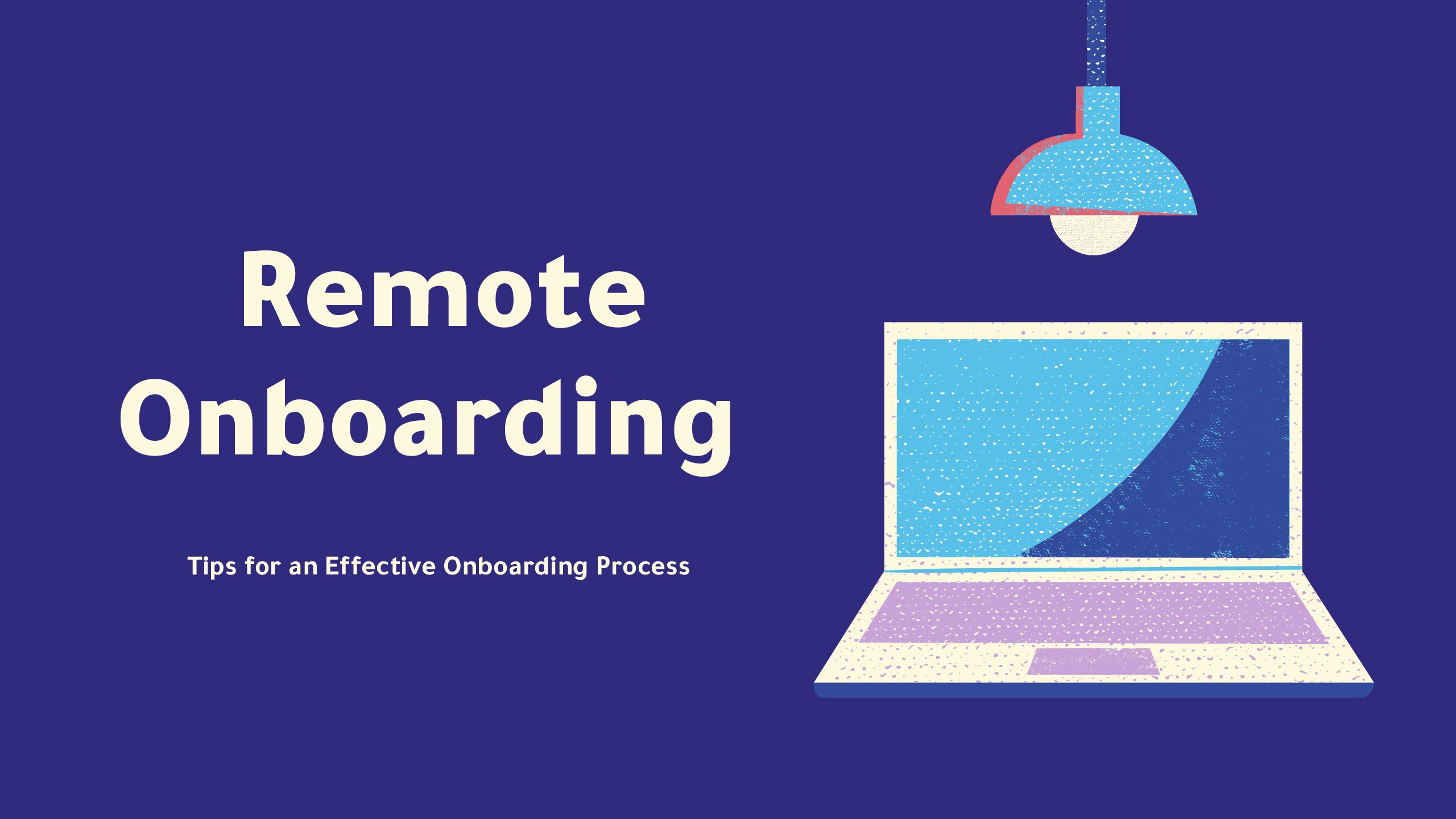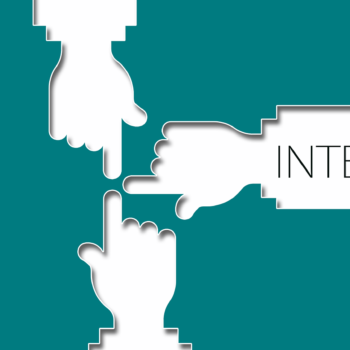
Remote Onboarding: Tips for an Effective Onboarding Process
- Posted by Habiba Yasser
- On September 30, 2021
There’s no doubt that starting a new job in an office is an exciting yet nerve-wracking experience. You have still to become acquainted with a new organization, culture, working environment, and meet the people you will be working with. Make this a remote ‘virtual’ experience and anxiety can set in. New hires working remotely are likely to embark on an endless loop of questions, “Will I be noticed by other staff?”, “Will I be able to understand the work processes by working remotely?”, “Will I be able to communicate effectively with my colleagues?” and the list of concerns goes on. That’s why massive attention is now being paid to ensuring that an effective, professional, and friendly virtual onboarding process is in place that allows new hires to settle down smoothly despite the limitations of remote working.
What is the onboarding process?
The onboarding process is the first point of contact between any new hire and the organization. It is when the new hire is introduced to the company, its culture, values, and the working environment.
Many companies tend to consider the whole onboarding process to involve just the simple act of conducting an orientation exercise. What they don’t realize is that the orientation itself is just one step of the onboarding process. So, what is the onboarding process? According to Roy Maurer, “Onboarding is the process of integrating a new employee with a company and its culture, as well as getting a new hire the tools and information needed to become a productive member of the team.”
According to a study conducted by Happeo, 69% of employees are likely to remain in a job for at least three years if they had a great onboarding experience but, having to conduct this remotely, the challenge of achieving this does not become any easier.
The million-dollar question now is, “How can we ensure that we conduct an effective remote onboarding process?” Here are some tips –-based on experience – that will help make the process both engaging and productive.
Send your new hire a welcome email.
After the new hire has signed the contract and a couple of days before the orientation, send the new hire a welcome email explaining what to expect during the orientation and how excited you are for them to be starting their journey with you. This will make the new hire feel that he/she has made the right choice by joining your company and gives them the opportunity to make a great first impression.
Conduct a memorable orientation presentation.
Welcome the new hires just as you would if it was taking place in the office. Be enthusiastic, friendly and allow them to share how they genuinely feel about this brand-new experience. Most importantly, turn the camera on and ask them to turn theirs on too so that it seems more as though you are meeting in person. Don’t forget to offer them breaks as you would during a normal orientation exercise in the office. Conducting the orientation remotely does not mean you should overwhelm them with information and bearing this in mind will help to put new hires at ease and give them the chance to make a connection with you.
Acquaint them with the platforms used.
Introduce the new hires to the collaboration tools and platforms that your organization uses to ensure that they do not have to become acquainted with the platforms on their own the first time they are required to use them. The knowledge of what each platform is used for and how it can be utilized will again help to put them more at ease. A virtual tour of the platforms would be a great bonus!
Offer them a walk-through of what they should expect next.
Don’t just conduct the orientation exercise and then leave them be! This is where the onboarding process really kicks in. Communicate to them what they should expect next. If there are any meetings with their teams and managers on the horizon or any training that they can undertake during the first month of their onboarding, let them know so they are not left on their own trying to find out what is likely to happen next.
Communicate the onboarding plan.
Sharing onboarding plans allow the new hires to keep track of what is expected of them and what they should expect from the HR team as well as their managers/mentors during the upcoming months.
Follow up, follow up, and even more follow-up.
Following up on the new hires could just be the most important tip of all. Follow up on them regularly during the first three months at least even if they seem to be happy and have really settled in. This gives the new hires a feeling of belonging knowing that they are noticed, cared for, and listened to. Feedback from the new hires is also crucial as this gives you the opportunity to understand the pros and cons of the existing onboarding process thus giving you the opportunity to improve it which, in turn, increases employee satisfaction and retainment.
Want to be a part of our community? Check out the available vacancies here.
Taking care of the onboarding process and making it an engaging experience ensures the smooth induction of any new hire and therefore a better chance that the employee will stay with you for the long term. By following the tips above, you can almost guarantee that the new hires joining your organization will realize that they have made the right choice.




